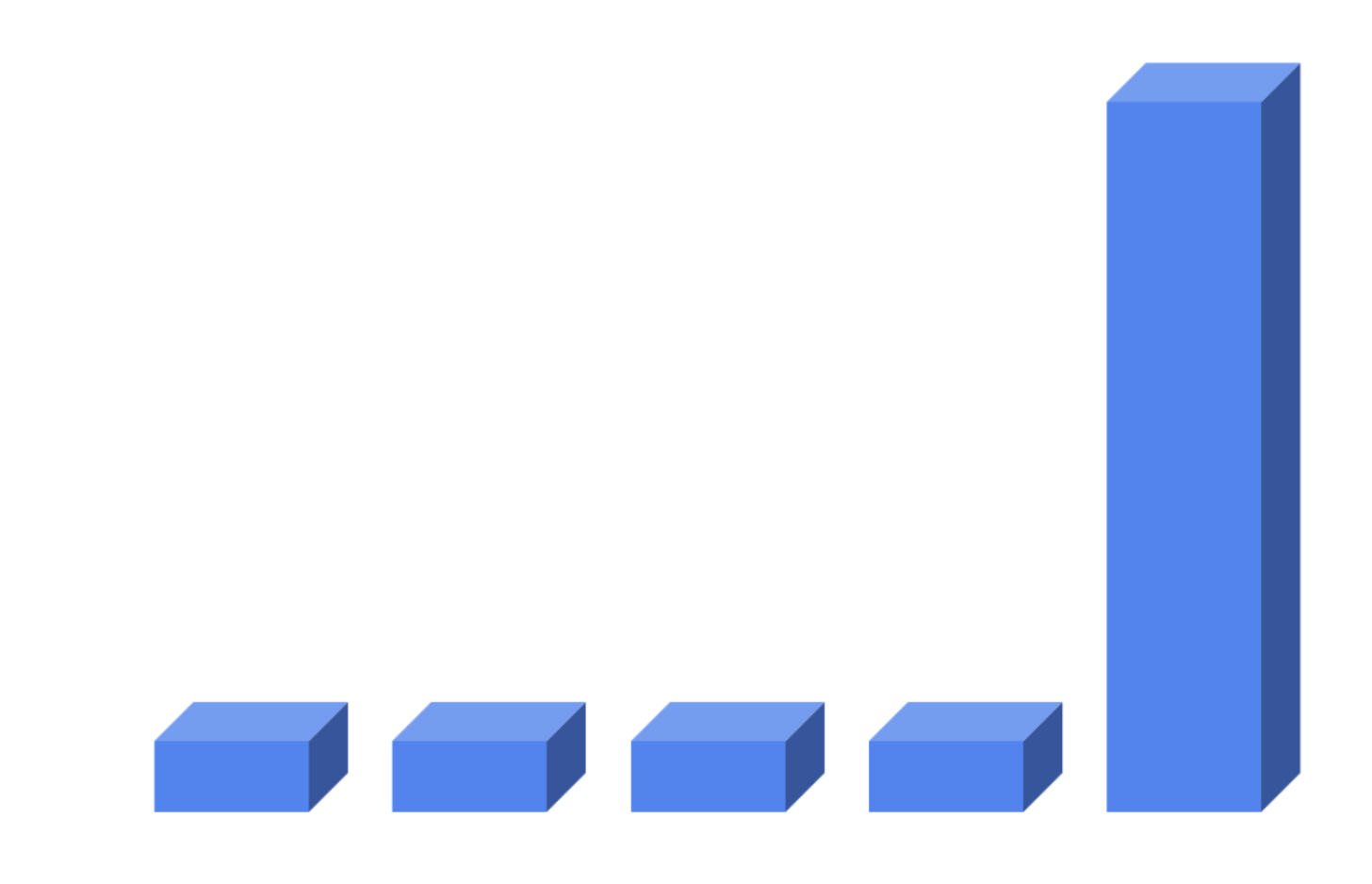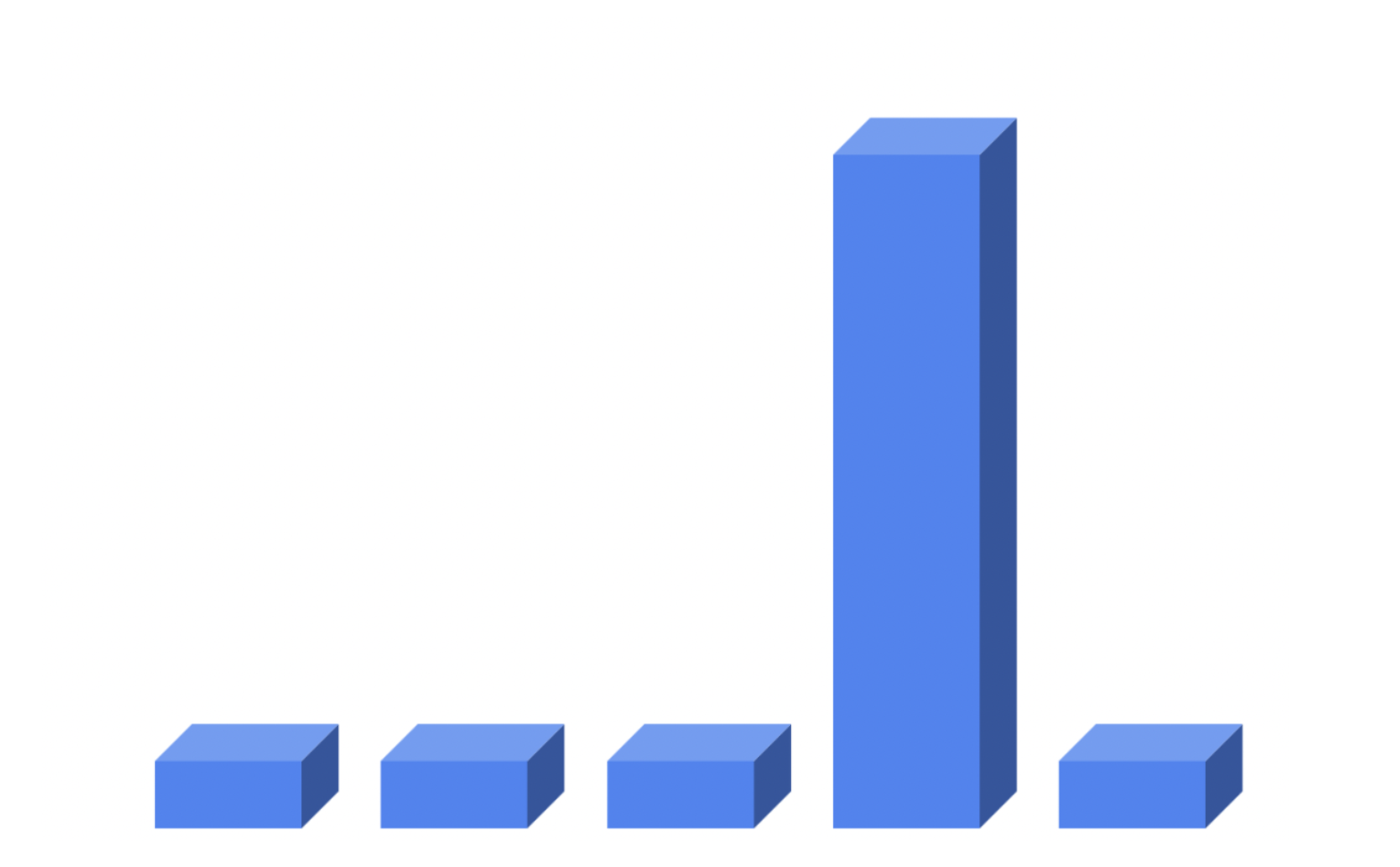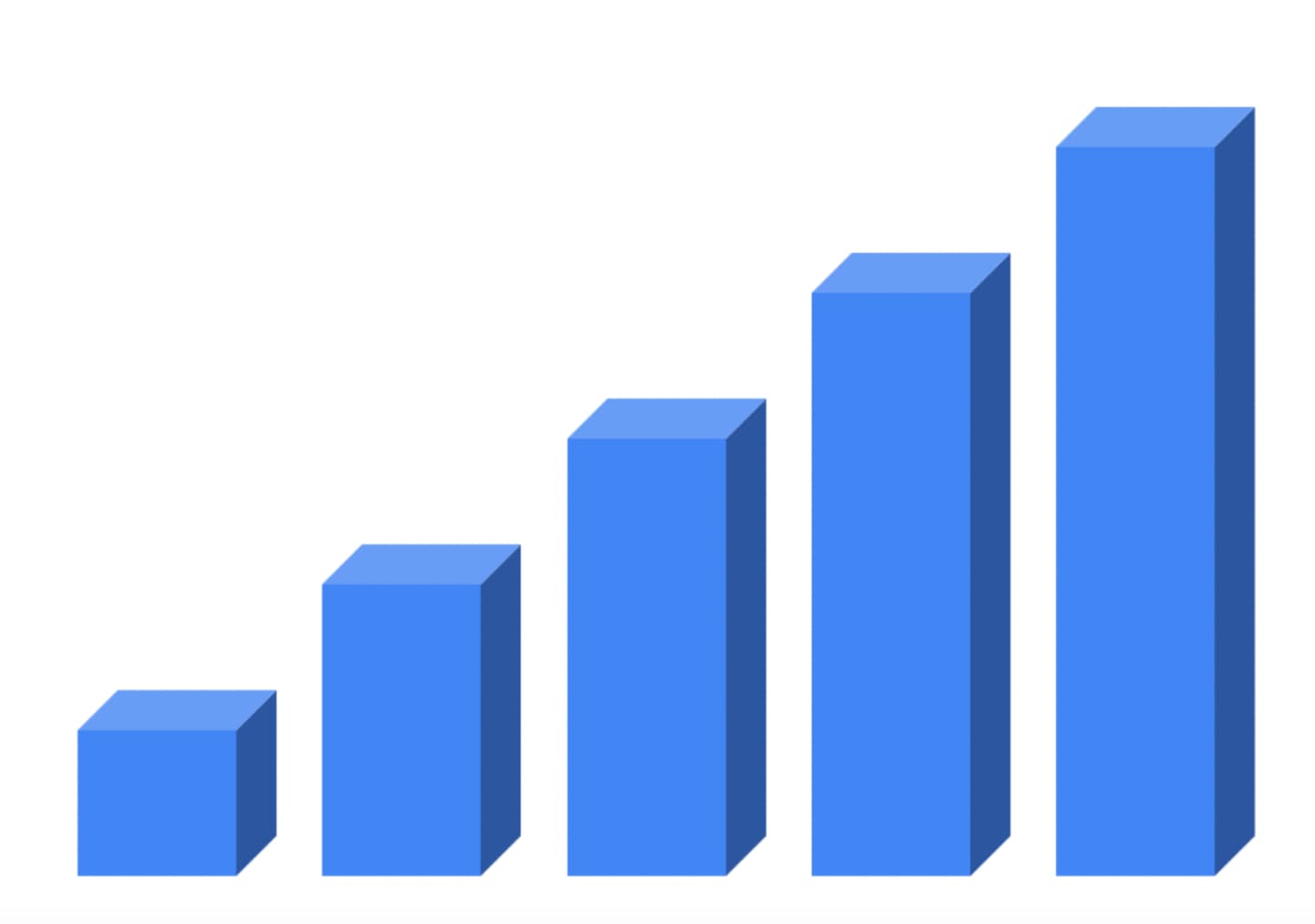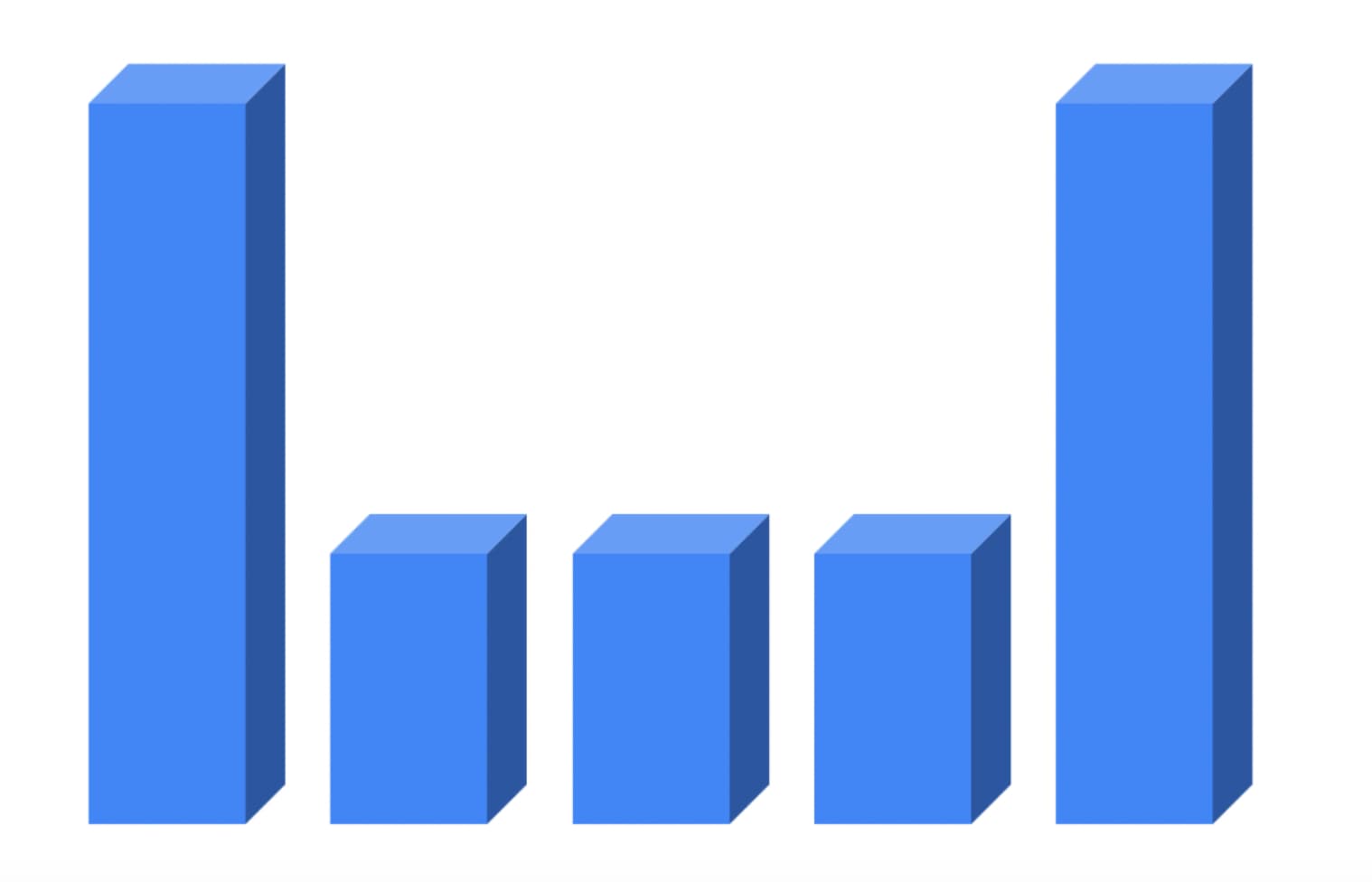
Analytica House
Apr 24, 2023Universal Analytics Attribution Models

Attribution models are essential tools in digital marketing for understanding the impact of marketing activities, optimizing budgets, developing strategies, gaining customer insights, measuring performance, evaluating different channels’ contributions, and making data-driven decisions.
By choosing the right attribution model, you can make your marketing efforts more efficient and effective, thereby increasing the success of your marketing strategy.
To select the appropriate attribution model, you need to understand the models available in Universal Analytics and Google Analytics 4.
What Is Attribution Modeling?
Attribution modeling is a method used in digital marketing and advertising to assess the contribution of various marketing channels during a customer’s conversion journey. It determines which channels were most effective before a user completes a purchase or conversion.
In digital marketing, multiple channels—organic search, paid search, social media, email marketing, referral traffic, content marketing, and interactive ads—often contribute in sequence to a single conversion. Attribution models evaluate these complex interactions to reveal each channel’s weight in driving that conversion.
In short, attribution models provide valuable insights for budget allocation, strategy optimization, channel performance analysis, conversion path tracking, and understanding customer behavior.
Why Are Attribution Models Important in Digital Marketing?
When used correctly, attribution models offer marketers critical analytical insights into the effectiveness and return on investment of their campaigns. This empowers them to understand performance, optimize budgets, refine strategies, gain customer insights, measure ROI, evaluate channels, and make informed decisions.
Common Attribution Models
Google Analytics provides several built-in attribution models:
- Last Interaction (Last Click)
- Last Non-Direct Click
- Last Google Ads Click
- First Interaction (First Click)
- Linear
- Time Decay
- Position-Based
Last Interaction (Last Click)

The Last Interaction model attributes 100% of the conversion value to the final click or interaction before conversion, ignoring all earlier interactions. It assumes the last touchpoint is the most important, but it can overlook the influence of previous channels in the customer journey.
Last Non-Direct Click

This model gives full credit to the last click or interaction that was not “direct” traffic, and it ignores any direct visits. It’s useful for understanding the impact of non-direct channels, but like Last Interaction, it disregards earlier touches.
Last Google Ads Click
The Last Google Ads Click model assigns all conversion credit to the last Google Ads click. It’s ideal for measuring paid search performance but ignores contributions from other channels.
First Interaction (First Click)

First Interaction attributes all conversion value to the very first click or interaction in the customer journey. It highlights awareness channels but overlooks any later touches that may have influenced the final conversion.
Linear

The Linear model distributes credit equally across every touchpoint in the conversion path. It provides a balanced view but may mask the true impact of especially crucial interactions.
Time Decay

Time Decay gives more credit to interactions closer in time to the conversion. Early touches get less weight, emphasizing the last steps in the journey.
Position-Based

The Position-Based model assigns 40% of the credit to both the first and last interactions, and the remaining 20% is evenly split among the middle interactions. This highlights both awareness and conversion touchpoints but gives less weight to in-between channels.
Which Attribution Model Does Universal Analytics Use by Default?
By default, Universal Analytics uses the Last Interaction (Last Click) attribution model. That means every conversion is attributed to the last channel the user clicked before converting, and all other channels are ignored.
In our next article, we’ll examine Google Analytics 4 and its attribution model options.
More resources

5 Ways to Accurately Measure Sales Impact with Google MMM
Google MMM (Marketing Mix Modeling) is one of the most powerful statistical methods for understandin...

ChatGPT Shopping Research: An AI-Powered Shopping Assistant
ChatGPT Shopping Research is an AI-powered shopping assistant that accelerates users' shopping resea...

Data-Driven Tactics to Build Customer Loyalty After Black Friday
Customer loyalty is the most valuable outcome of the Black Friday period, as short-term traffic and...

